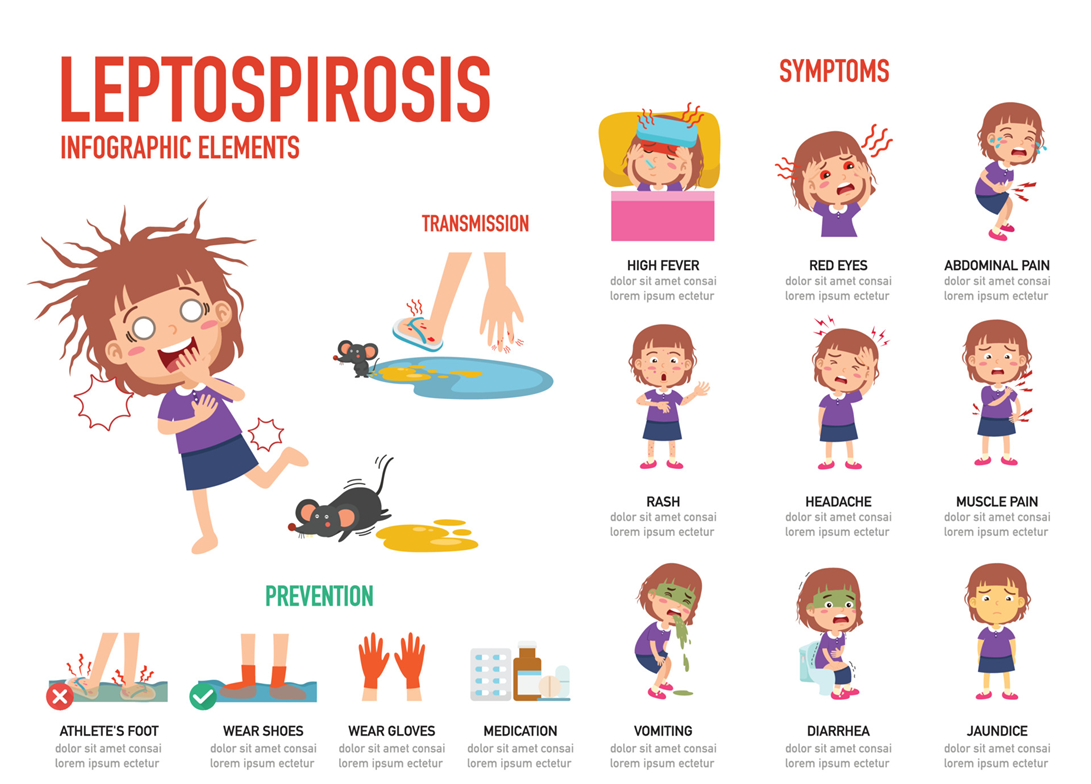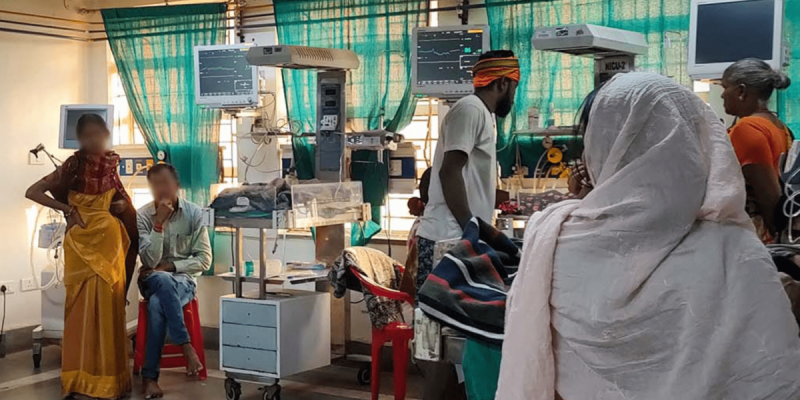- Courses
- GS Full Course 1 Year
- GS Full Course 2 Year
- GS Full Course 3 Year
- GS Full Course Till Selection
- MEP (Mains Enrichment Programme) Data, Facts
- Essay Target – 150+ Marks
- Online Program
- GS Recorded Course
- NCERT- First Ladder
- Polity
- Geography
- Economy
- Ancient, Medieval and Art & Culture AMAC
- Modern India, Post Independence & World History
- Environment
- Governance
- Science & Technology
- International Relations and Internal Security
- Disaster Management
- Ethics
- Current Affairs
- Indian Society and Social Issue
- CSAT
- 5 LAYERED ARJUNA Mentorship
- Public Administration Optional
- ABOUT US
- OUR TOPPERS
- TEST SERIES
- FREE STUDY MATERIAL
- VIDEOS
- CONTACT US
Leptospirosis Outbreak in Kerala
Leptospirosis Outbreak in Kerala

Kerala, having recently escaped a Nipah virus outbreak with no new cases reported during a critical 42-day observation period, now faces a new health challenge: an outbreak of Leptospirosis, commonly known as "rat fever."
- This bacterial infection has emerged as a significant public health concern, exacerbated by monsoon-related conditions.
Key Facts About Leptospirosis
1. About Leptospirosis:
- Cause: Leptospirosis is caused by pathogenic spirochaetes of the genus Leptospira. These bacteria are zoonotic, meaning they are transmitted from animals to humans.
- Pathogenic Leptospires: Found in the kidneys and genital tracts of certain animals, these bacteria are the primary cause of leptospirosis in humans.
2. Reservoirs:
- Hosts: Various mammalian species can harbor leptospires in their kidneys, including rodents, cattle, pigs, and dogs.
- Rodents: Particularly significant, as they can excrete leptospires throughout their lifespan without showing symptoms. Infected animals often do not exhibit symptoms, though they may develop illness after infection with another serovar.
3. Transmission:
- Mode: Primarily transmitted through direct contact with the urine of infected animals or contact with contaminated water, soil, or food.
- Entry: Can enter the human body through cuts, mucous membranes, or waterlogged skin. Human-to-human transmission is rare.
4. Symptoms:
- Range: Symptoms vary from mild flu-like illness to severe conditions such as Weil's syndrome (kidney and liver dysfunction), meningitis, and pulmonary hemorrhage.
- Incubation Period: Typically, 7-10 days, with common symptoms including fever, headache, and jaundice.
- Diagnosis: Often underdiagnosed due to symptom overlap with other diseases and limited access to diagnostic tests.
5. Epidemiology:
- Global Prevalence: Common worldwide but especially prevalent in tropical and subtropical regions with high rainfall.
- Regional Hotspots: South-East Asia, including India, Indonesia, Thailand, and Sri Lanka, reports high case numbers, particularly during the rainy season.
- High-Risk Groups: Individuals in occupations with frequent animal contact, such as farmers, veterinarians, and sewer workers, are at greater risk.
6. Prevention:
- Measures: Includes controlling animal reservoirs, avoiding contact with contaminated water or soil, wearing protective clothing, and maintaining good sanitation.
- Vaccination: Dogs, pigs, and cattle can be vaccinated with serovar-specific vaccines, which help prevent the disease but may not eliminate renal carriage.
7. Treatment:
- Antibiotics: Treated with antibiotics such as penicillin G, doxycycline, and ceftriaxone.
India’s Initiatives Related to Leptospirosis
1. Programme for Prevention and Control of Leptospirosis:
- Objective: Launched during the 12th Five-Year Plan, this program aims to reduce leptospirosis-related deaths and illnesses.
2. One Health Approach:
- Strategy: Integrates human, animal, and environmental health to manage and prevent leptospirosis, emphasizing a holistic approach.
Common Infections During the Monsoon
The monsoon season in India increases the prevalence of various infections due to waterlogging and related conditions. These include:
-
Dengue
-
Malaria
-
Cholera
-
Typhoid
-
Flu
-
Fungal Infections
Risks: The monsoon also raises risks of dehydration and mosquito-borne diseases.
Conclusion
The outbreak of Leptospirosis in Kerala highlights the pressing need for vigilant public health measures, especially in the wake of the monsoon season. Addressing this bacterial infection requires robust surveillance, effective control of animal reservoirs, and public awareness about prevention. The existing initiatives and programs in India, such as the Programmed for Prevention and Control of Leptospirosis and the One Health Approach, play a crucial role in managing and mitigating the impact of this disease. Continued focus on these strategies is essential to prevent further outbreaks and ensure effective control of leptospirosis and other monsoon-related infections.
Must Check: Best IAS Coaching In Delhi
UPSC Prelims Result 2024 Out: Expected Cut Off & Other Details, UPSC Prelims 2024 Answer with Explanation, Daily Prelims Quiz, Daily Current Affairs, MONTHLY CURRENT AFFAIRS TOTAL (CAT) MAGAZINE, Best IAS Coaching Institute in Karol Bagh, Best IAS Coaching Institute in Delhi, Daily Mains Question Answer Practice, ENSURE IAS UPSC Toppers, UPSC Toppers Marksheet, Previous Year Interview Questions, UPSC Syllabus
India’s EV Mission: Progress Delayed, Not Denied



